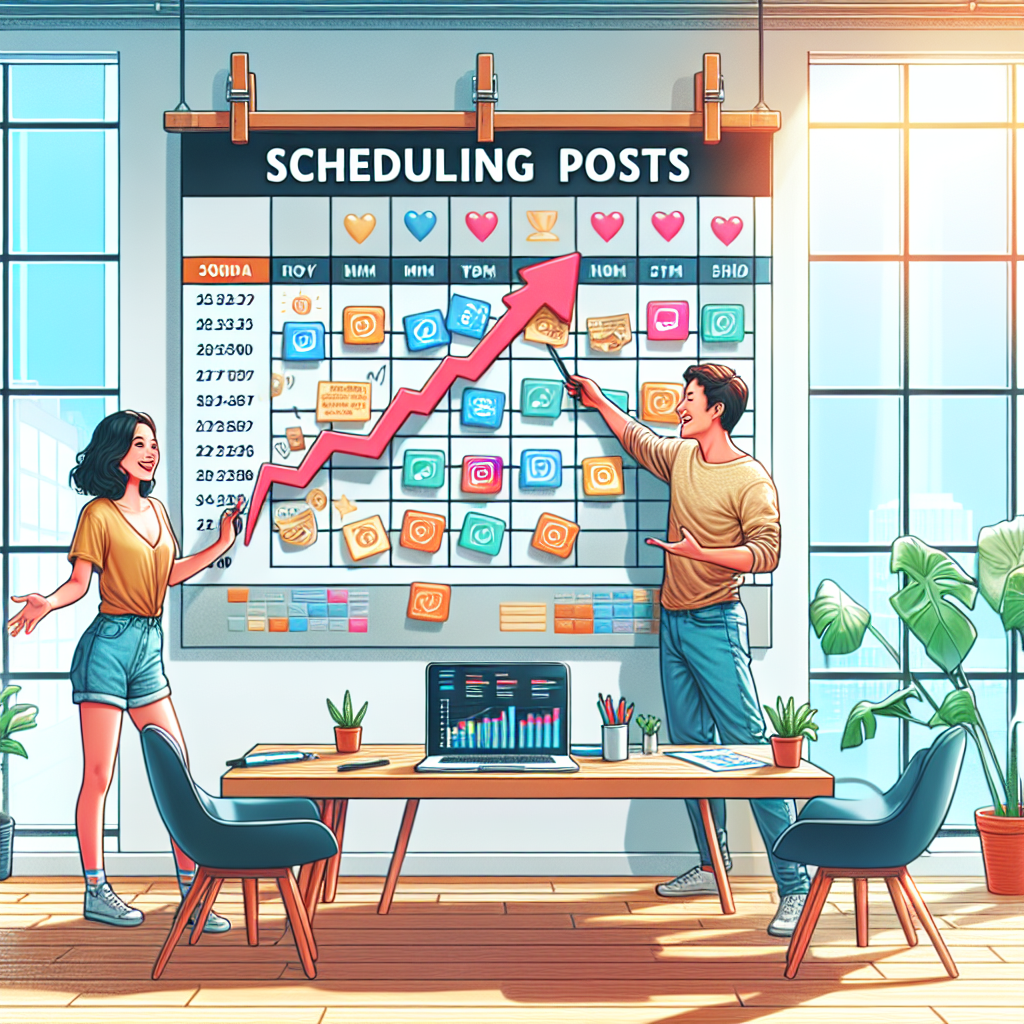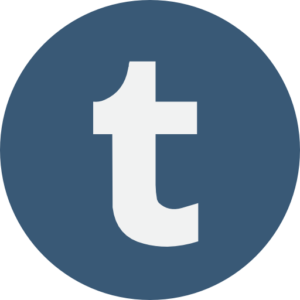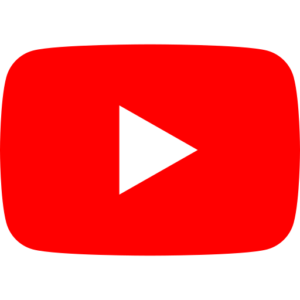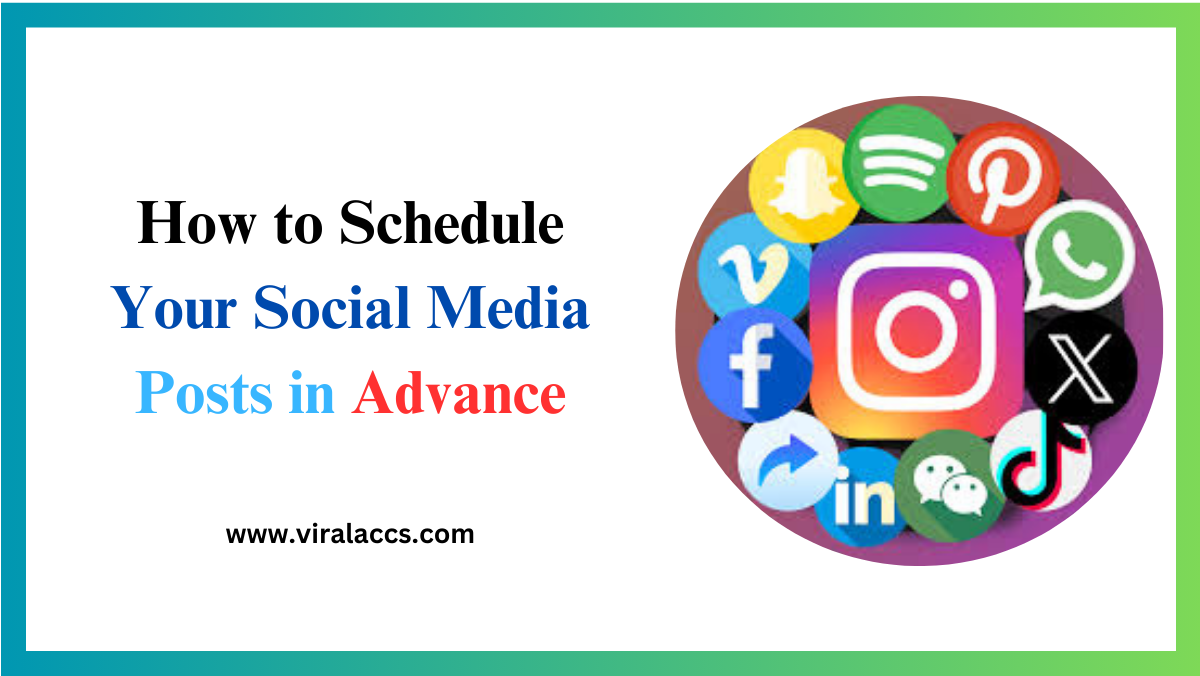In today’s fast-paced digital world, managing social media posts can feel like a 24/7 job. Between crafting engaging content and interacting with your audience, it may seem impossible to squeeze everything in a day. But what if there was a way to maintain a consistent social media posts presence without overwhelming your schedule? Enter the world of social media posts scheduling. This guide will show you how to master your social media posts strategy by scheduling your posts in advance, saving you time and boosting your efficiency.
Benefits of Scheduling Posts
- Save Time and Increase Efficiency
One of the most significant benefits of scheduling your social media posts is the time you’ll save. Instead of logging in multiple times a day to post content, you can batch-create your posts in one go. This approach allows you to focus on other critical aspects of your business while maintaining an active social media posts. Additionally, using scheduling tools means you can plan your content when you’re feeling most creative, rather than being constrained by the clock.
- Consistency is Key
Consistency is crucial for building a loyal social media posts following. By scheduling your posts in advance, you ensure that your content goes live at the same time every day, keeping your audience engaged and expecting new updates. Regular posting also helps you stay on top of the algorithms that prioritize active accounts, potentially increasing your reach and visibility.
- Strategic Planning Made Easy
Scheduling posts allows you to develop a coherent content strategy that aligns with your business goals. You can plan your content around promotions, holidays, and other significant dates, ensuring that each post supports your overall marketing objectives. This strategic approach enables you to craft more thoughtful and impactful content that resonates with your audience.

Tools for Scheduling
- Hootsuite
Hootsuite is one of the most popular social media posts scheduling tools available. It supports multiple platforms, including Facebook, Twitter, Instagram, LinkedIn, and Pinterest. With Hootsuite, you can schedule posts, monitor social media activity, and analyze performance all in one place. Its user-friendly interface makes it easy to drag and drop content into your calendar, ensuring you never miss a post.
- Buffer
Buffer is another excellent tool for scheduling social media posts. It offers a simple, clean interface that allows you to schedule posts, track performance, and collaborate with team members. Buffer supports Facebook, Instagram, Twitter, LinkedIn, and Pinterest, making it a versatile option for businesses of all sizes. One standout feature is Buffer’s ability to suggest optimal posting times based on your audience’s activity.
- Later
Later is a visual content planning tool designed specifically for Instagram, but it also supports Facebook, Twitter, and Pinterest. Its drag-and-drop calendar makes it easy to schedule posts and preview your social media feed before it goes live. Later also offers valuable insights into your audience’s behavior, helping you refine your content strategy over time.
Creating a Content Calendar
- Identify Your Goals
Before creating a content calendar, it’s essential to identify your social media goals. Are you looking to increase brand awareness, drive traffic to your website, or generate leads? Knowing your objectives will help you create content that supports these goals and measures your success effectively.
- Plan Your Content Themes
Content themes are recurring topics or formats that align with your brand and resonate with your audience. Examples include blog posts, product highlights, behind-the-scenes looks, and user-generated content. By planning your content themes in advance, you can ensure a balanced mix of content that keeps your audience engaged and interested.
- Use a Content Calendar Template
A content calendar template is a valuable tool for organizing your social media posts. It provides a visual overview of your planned content, making it easy to spot gaps and ensure a consistent posting schedule. You can create your template using tools like Google Sheets or Excel or use a dedicated content calendar platform like Trello or CoSchedule.
Best Times to Post
- Understand Your Audience
The best times to post on social media can vary depending on your audience’s demographics and behavior. Start by analyzing your existing social media data to identify patterns in engagement. Look for trends in likes, comments, shares, and click-through rates to determine when your audience is most active.
- General Best Practices
While the optimal posting times can vary, there are some general best practices to consider:
- Facebook: Weekdays between 9 AM and 2 PM
- Instagram: Weekdays between 10 AM and 3 PM
- Twitter: Weekdays between 9 AM and 4 PM
- LinkedIn: Weekdays between 8 AM and 2 PM
- Pinterest: Evenings and weekends
These recommendations are based on industry research and can serve as a starting point for your scheduling efforts. However, it’s essential to continually test and refine your posting times based on your specific audience’s behavior.
- Use Scheduling Tool Insights
Many scheduling tools, like Buffer and Later, offer insights into the best times to post based on your audience’s activity. These insights can help you optimize your posting schedule and maximize engagement. Be sure to regularly review and adjust your posting times as your audience grows and evolves.
Analyzing Scheduled Content Performance
- Track Key Metrics
To measure the success of your scheduled posts, it’s essential to track key performance metrics. These metrics can include engagement (likes, comments, shares), reach, click-through rates, and conversions. By monitoring these metrics, you can identify what’s working and what’s not, allowing you to refine your content strategy over time.
- Use Analytics Tools
Analytics tools like Google Analytics, Facebook Insights, and Twitter Analytics provide valuable data on your social media performance. These tools can help you track your key metrics, identify trends, and uncover insights that inform your content strategy. Many scheduling tools also offer built-in analytics features, making tracking your performance and adjusting your strategy easy.
- A/B Testing
A/B testing involves creating two versions of a post with slight variations and measuring their performance to determine which version is more effective. This technique can help you optimize your content by identifying the elements that resonate most with your audience. Experiment with different headlines, images, and posting times to see what drives the best results.
Conclusion
Scheduling your social media posts in advance is a game-changer for any business looking to maintain a consistent and engaging online presence. By leveraging the benefits of scheduling, utilizing the right tools, and creating a strategic content calendar, you can save time, boost efficiency, and achieve your social media goals.
Now that you’re equipped with the knowledge to master social media scheduling, it’s time to put these tips into action. Start by exploring the various scheduling tools available and experimenting with different posting times to find what works best for your audience. Don’t forget to analyze your performance regularly and make data-driven adjustments to your strategy.
If you’re ready to take your social media game to the next level, consider signing up for one of the recommended scheduling tools. By investing in the right resources and maintaining a strategic approach, you’ll be well on your way to becoming a social media powerhouse.








